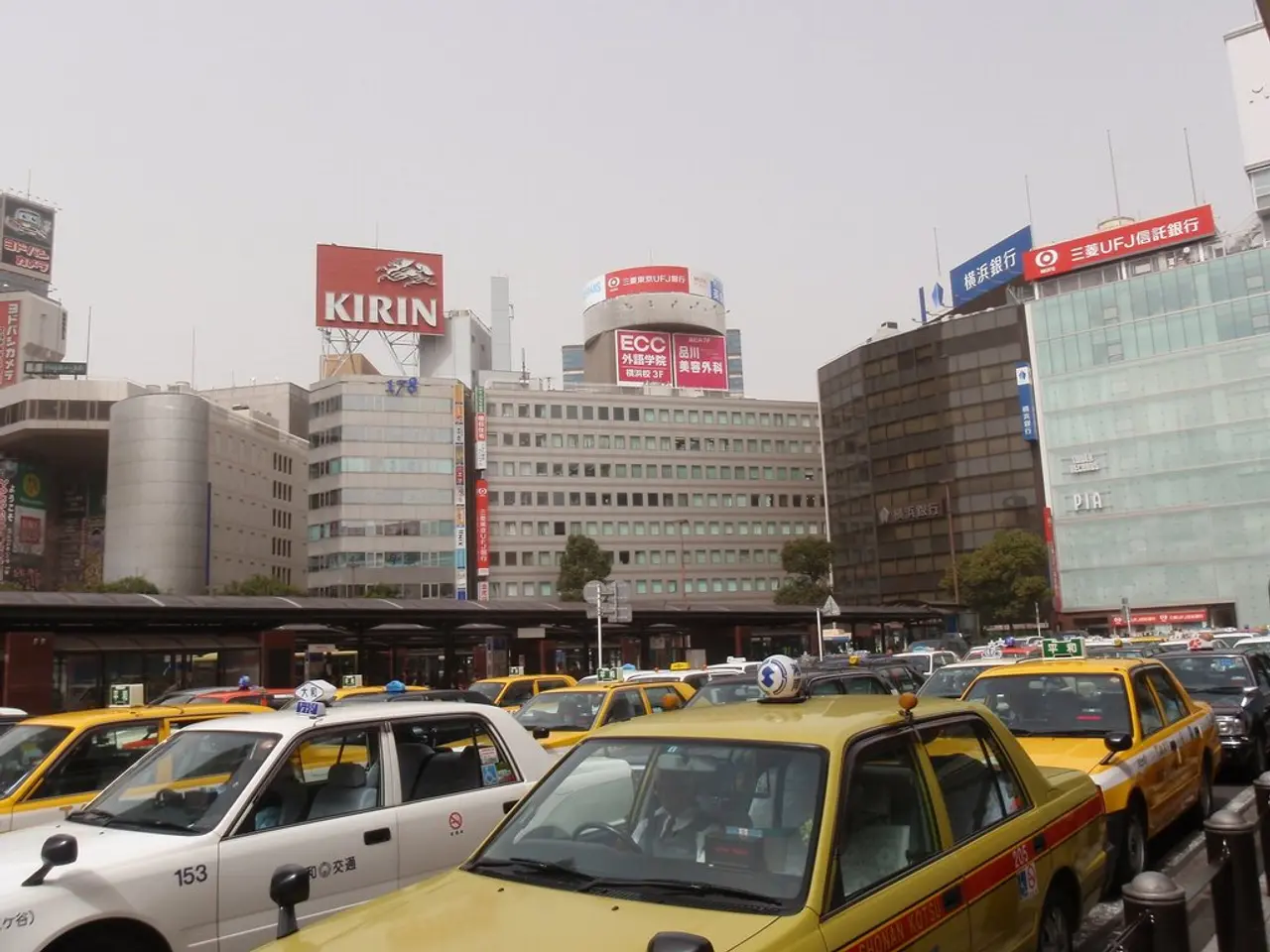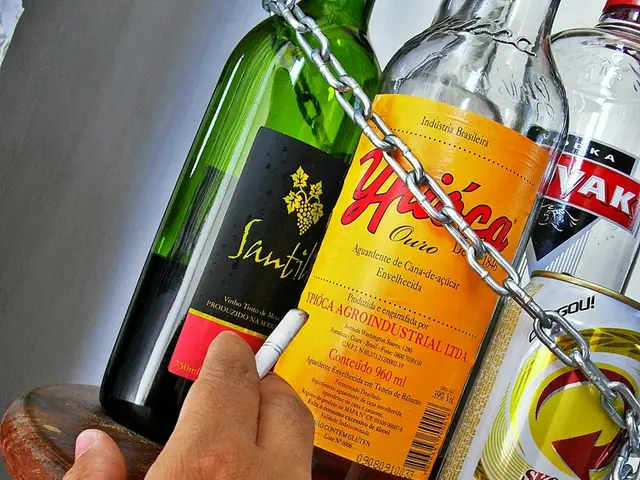Increased Traffic Ease, Enhanced Economy: MTA Offers Six-Month Overview of Manhattan Congestion Pricing Zone
In the heart of New York City, the Metropolitan Transportation Authority (MTA) has implemented a congestion relief zone (CRZ) pricing programme, aiming to reduce traffic, improve air quality, and fund critical transit improvements. One year into the programme, the results are proving to be quite promising.
The CRZ programme has managed to achieve its initial target of $500 million in revenue for 2025, as predicted by the MTA. This revenue will fund $15 billion worth of critical capital improvements to mass transit on each of the MTA's subway, bus, Long Island Rail Road, and Metro-North Railroad systems.
One of the most significant impacts of the CRZ programme has been a reduction in traffic throughout the region. The total number of vehicles entering the zone has decreased by 11%, equating to 67,000 fewer vehicles per day and more than 10 million fewer compared to the same time frame in 2024. This decrease has led to a 25% reduction in traffic delays within the CRZ, and a 9% decrease across the entire metropolitan region.
The CRZ programme has also resulted in improvements in public transportation. Subway on-time performance in May 2025 reached 85.2%, the best non-pandemic month in record history. Long Island Rail Road and Metro-North On-Time Performance rose to a consistent 97% and 98% respectively in 2025. Bus speeds within the CRZ have increased by an average of 3.2%, with some routes seeing a 25% increase. Transit ridership has also increased across all modes of transport between January and May 2025.
The CRZ programme has not only improved transportation but also contributed to a safer city. Pedestrian fatalities within New York City have returned to levels last seen in 2018. Crashes across the CRZ have decreased by 14%, and traffic injuries have reduced by 15% within the zone.
Business district pedestrian activity within the CRZ increased by 8.4% over the previous year, more than the growth outside the area (2.7%). Air quality has also improved, with a decrease in fine particle air pollution (PM2.5) at a majority of sites both inside and outside the CRZ.
However, the CRZ programme has not been without controversy. United States Secretary of Transportation Sean P. Duffy has criticized the programme's operation. New York State and the MTA have successfully fought off legal challenges launched by the United States Department of Transportation (USDOT) and the Trump Administration to terminate the programme.
The MTA has also made significant improvements to its infrastructure. The first phase of the Queens Bus Network Redesign was launched, with the second phase due to begin on 31 August. Improvements include 435 additional R211 subway cars, 44 new dual-mode locomotives for the Long Island Rail Road, 300 new M9A cars for Metro-North, and Communications Based Train Control (CBTC) signal upgrades on the A and C lines. ADA upgrades at 23 subway stations and the commencement of the tunnelling contract for Phase 2 of the Second Avenue Subway are also part of these improvements.
Despite the criticism, the MTA's Congestion Relief Zone programme seems to be delivering on its promises, making New York City's streets safer, cleaner, and more efficient. The decrease in noise pollution, such as honking and vehicle noise, by 45% in 2025, is a testament to this. As the programme continues to evolve, it remains to be seen how it will further shape the city's transportation landscape.
Read also:
- Lu Shiow-yen's Challenging Position as Chair of the Chinese Nationalist Party (KMT) Under Scrutiny in Donovan's Analysis
- Tough choices on August 13, 2025 for those born under Aquarius? Consider the advantages and disadvantages to gain guidance
- Microbiome's Impact on Emotional States, Judgement, and Mental Health Conditions
- Restaurant staff allegedly requires Minnesota teenager to validate her gender for bathroom access.







